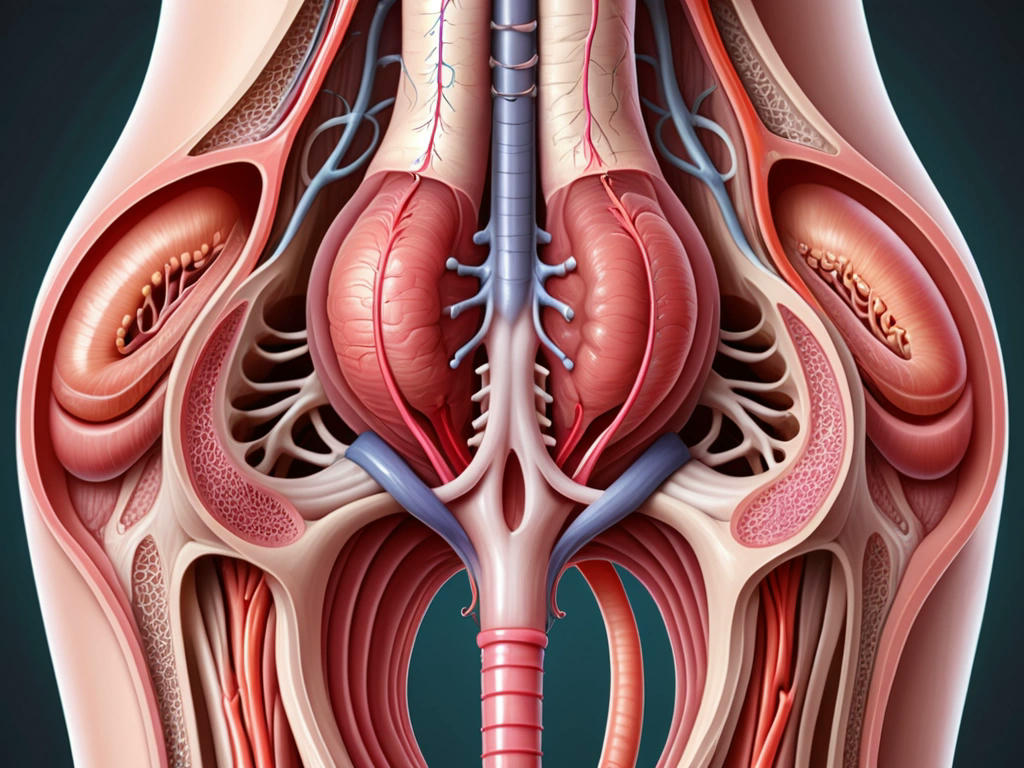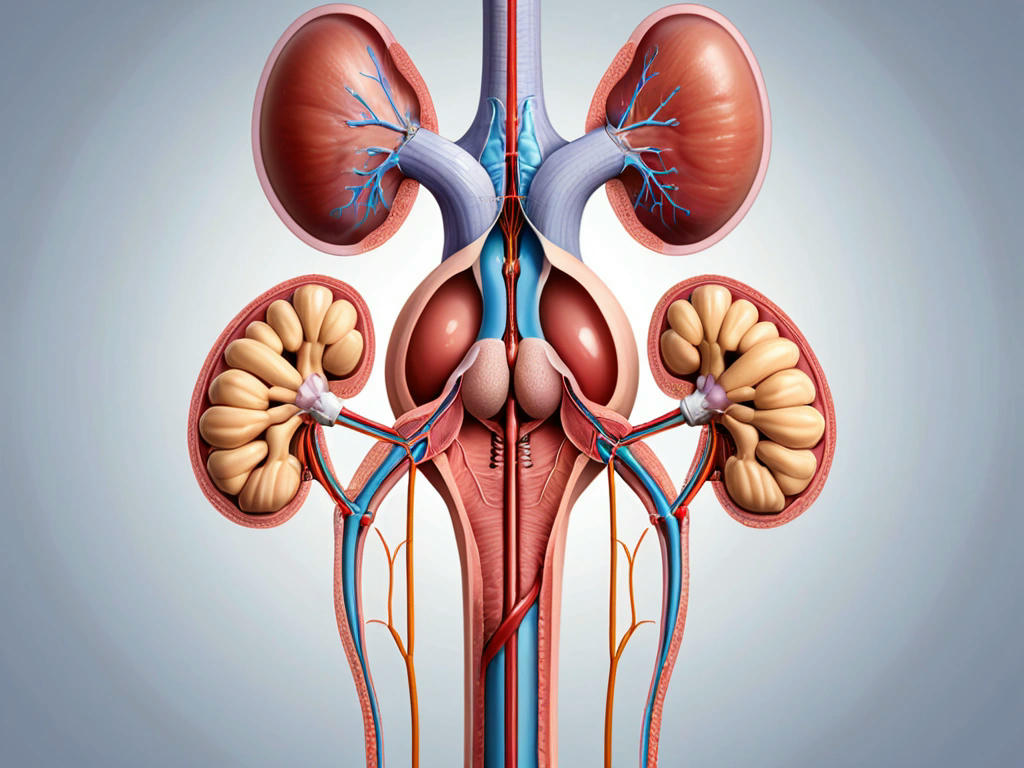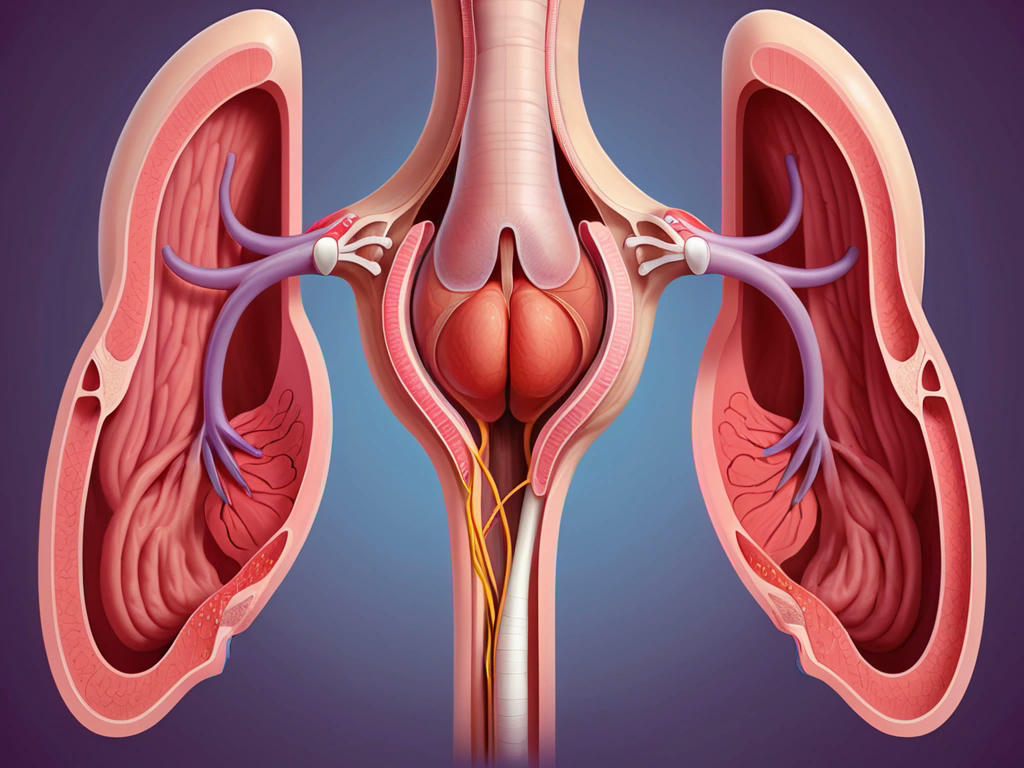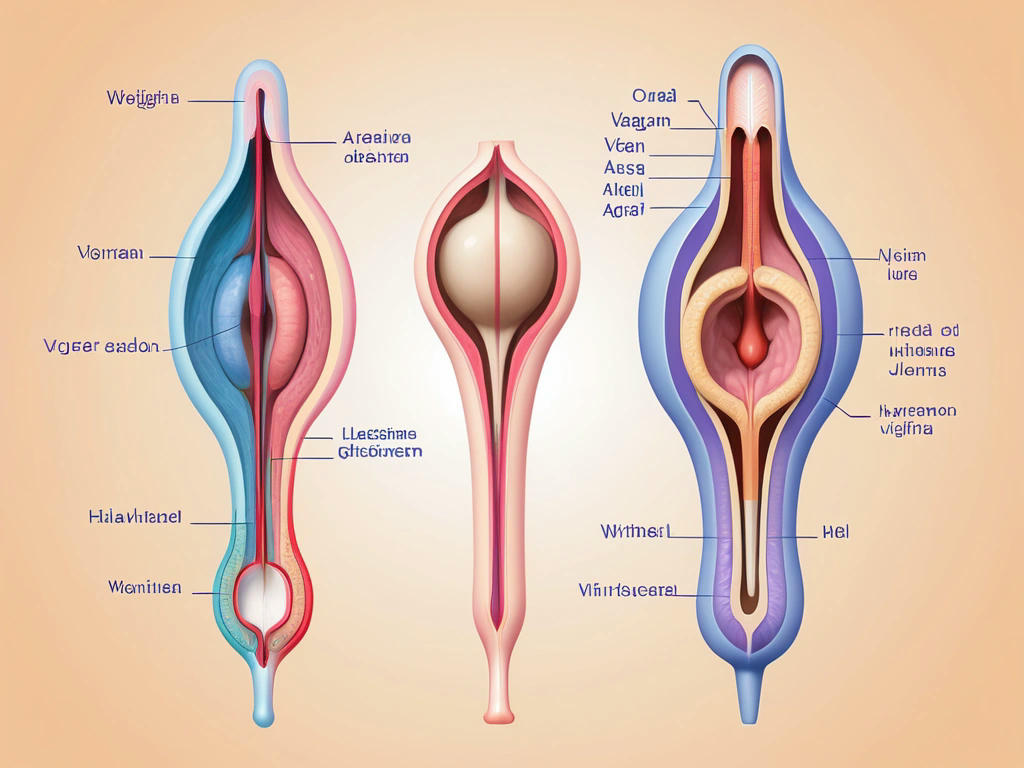In the realm of human anatomy, understanding the differences between various body parts is crucial for both health and education. Two such parts that often cause confusion are the urethra and the vagina. This article aims to clarify their functions, locations, and significance in the female body.
The Urethra: A Passage for Urine
The urethra is a tube that connects the urinary bladder to the external body, allowing for the excretion of urine. In females, the urethra is relatively short, measuring about 1.5 inches (4 cm) in length. It opens just above the vaginal opening and is part of the urinary system.
Functions of the Urethra
Urine Excretion: The primary function of the urethra is to transport urine from the bladder to the outside of the body.
Urinary Health: The urethra plays a crucial role in maintaining urinary health. Any blockages or infections in the urethra can lead to significant health issues.
The Vagina: A Multifunctional Canal
The vagina is a muscular canal that extends from the cervix of the uterus to the external body. It is part of the female reproductive system and serves several important functions.
Functions of the Vagina
Reproductive Role: The vagina is the passage through which sperm enters the female reproductive system during intercourse. It also serves as the birth canal during childbirth.
Menstrual Flow: Menstrual blood exits the body through the vagina during a woman's menstrual cycle.
Protection: The vagina has a self-cleaning mechanism and an acidic environment that helps protect against infections.
Key Differences
While both the urethra and the vagina are openings in the female genital area, they serve entirely different purposes and are part of different systems. The urethra is part of the urinary system, primarily involved in the excretion of urine. In contrast, the vagina is part of the reproductive system, playing roles in reproduction, menstruation, and childbirth.
Understanding these differences is essential for recognizing symptoms of potential health issues and seeking appropriate medical care. It also fosters a better appreciation of the complexity and functionality of the female body.
In conclusion, the urethra and the vagina, though close in proximity, have distinct and vital roles in the female body. Proper knowledge and awareness of these differences can lead to better health outcomes and a deeper understanding of human anatomy.



